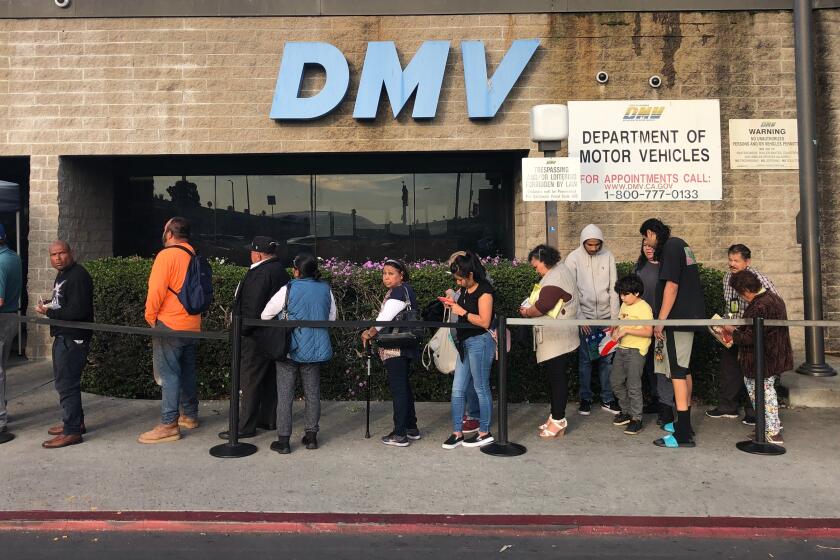‘Focal Point’ for Community : Institute Perpetuates Japanese Culture
- Share via
Each Tuesday, Yoneko Okamoto, 85, drives from her Torrance home to the Japanese Cultural Institute in Gardena, where she does a little knitting, eats lunch and indulges in some friendly gossip.
Evelyn Nouchi, a Gardena resident, walks twice a week from her home to the nearby institute to practice her ukulele, play bingo and volunteer as an instructor’s assistant, teaching needlepoint classes.
But more than bingo or needlepoint, what brings the two women and hundreds of other Japanese-Americans to the institute is a desire to “perpetuate the culture and retain it into the third and fourth generations,” said Paul Tsukahara, a Gardena councilman who has been on the institute’s board of directors for 25 years.
“The institute is the focal point for many of the activities in the Japanese community,” Tsukahara said. “What JCI is, is a local meeting place . . . a focal point to attract and solidify and keep the Japanese community together.”
On weekdays during the summer, the institute is a mecca for Japanese-American senior citizens throughout the South Bay. Most of those who visit regularly are Nisei, or second-generation Japanese-Americans. They are the children of Issei, or first-generation, the Japanese immigrants who settled in Gardena and across the country, most arriving before 1929 when quotas were imposed to limit Asian immigration.
Many of the institute’s programs and classes attract Sansei, or the third-generation of Japanese, many of whom are in their 40s, and Yonsei, the fourth generation, who are entering their 20s, Tsukahara said.
Older Japanese-Americans like Nouchi often choose to attend programs at the institute instead of participating in city-sponsored activities at the Ken Nakaoka Community Center and other places.
“I walk past there to come here,” Nouchi said.
“I come because there are a lot of Japanese,” Okamoto said. “My friends are here. I’m happy to be here.”
Some Japanese-American senior citizens choose the institute and its Japanese-speaking staff “because of the language barrier,” Tsukahara said. “They feel more comfortable.”
The center is a short walk for elderly Japanese-Americans who live at the 100-unit, government-subsidized JCI Gardens apartments next door.
Housed in a 2-story brick building on Gramercy Place, the institute gears its activities mainly to Japanese-Americans over the age of 55, although anyone can attend, and various groups rent the institute’s large meeting room. Classes are offered in bonsai gardening, flowering arrangement, Japanese language, martial arts, ballroom dancing, English as a second language, folk and Japanese dancing and a form of Japanese folk singing called karaoke.
“We come here to learn together,” said Hazel Onishi, 73.
Some of the institute’s meals and other programs are sponsored in part by the city, but it is a private, nonprofit organization “totally supported by the Japanese community,” Tsukahara said. Senior citizens pay $1.25 for lunch, but many other senior activities are free.
Part of the center’s success is due to its large volunteer contingent, made up mostly of senior citizens like Nouchi, who not only take part in center activities but put in unpaid duty in classrooms, the kitchen or wherever they are needed.
Since the 1920s there has been a Japanese-American organization at or near the present site of the institute. One of the first, known as the Moneta Gakuen, was formed by first-generation Japanese-Americans and operated a school until World War II, when Japanese-Americans on the West Coast were relocated to internment camps. The present building was completed in 1976.
More to Read
Sign up for Essential California
The most important California stories and recommendations in your inbox every morning.
You may occasionally receive promotional content from the Los Angeles Times.









